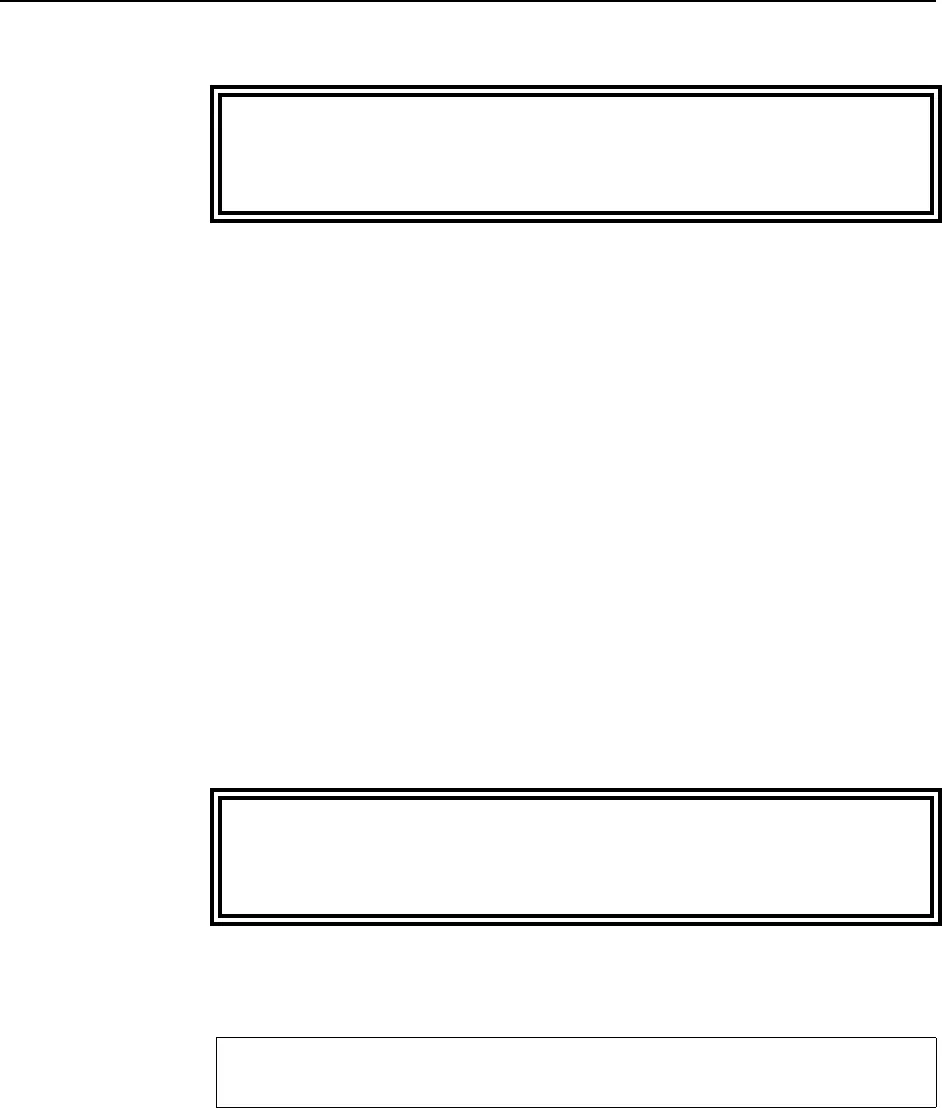
Maintenance
13
1. Turn off the RF power and interlock circuitry.
2. Disconnect the RF line.
3. Connect the multimeter test leads to the center and outer
conductor of the load resistor. Refer to
Figure 5.
4. Compare the measured value with the previous measurement and
with the baseline resistance, measured when the load was put
into service. If the new value differs from either of these by more
than 1 ohm this could indicate a failing resistor.
Coolant Level Coolant lifetime will vary greatly depending on the operating
temperature. For heavy use (full RF power for long times, high
ambient temperature, 50 Hz ac supply), check the coolant every 500
hours. If the load has only had light duty (fraction of full power, low
ambient temperature, 60 Hz ac supply), then coolant inspection may
only be necessary every 2,000 hours.
+ NOTE: Correct any coolant leakage before inspection. (See
“Troubleshooting” on page 11)
To inspect the coolant:
y Remove the load resistor (Refer to “Load Resistor” on page 18).
y The coolant should be clear, with a faint yellow tinge, and have a
slightly sweet smell. If it is black with a burnt or acrid smell,
drain it and add about 2.9 gal (11 L) of coolant.
y With the load still on end, the coolant level should be 4
3
⁄
4
to 5
inches (125 mm) below the top surface of the resistor assembly
mounting ring, at ambient temperature. Add coolant if necessary.
WARNING
Never attempt to connect or disconnect RF equipment from the
transmission line while RF power is being applied.
Leaking RF energy is a potential health hazard.
WARNING
Disconnect the unit from all power sources before servicing.
The unit may be energized from multiple sources.
The potential for electric shock exists.
CAUTION
Use only Bird coolant, P/N 5-1070, to prevent damage to the load.










